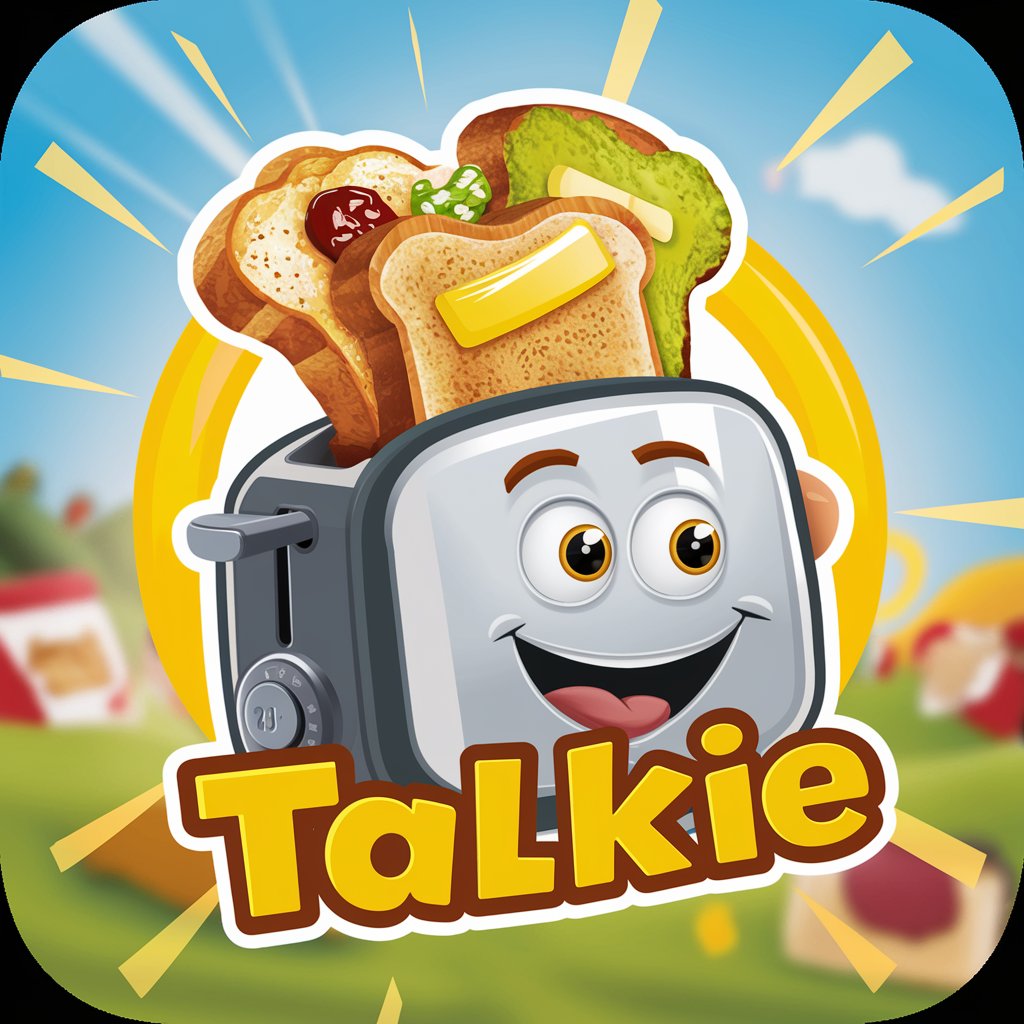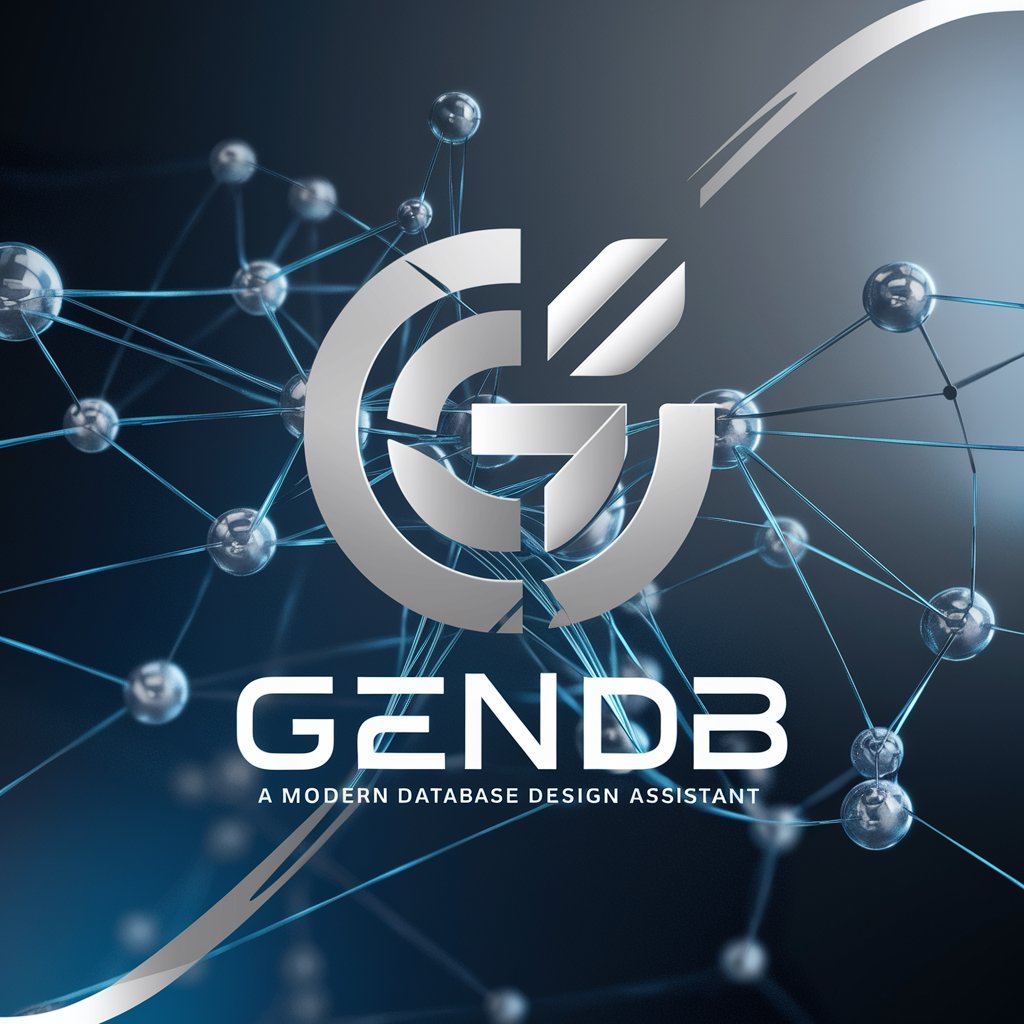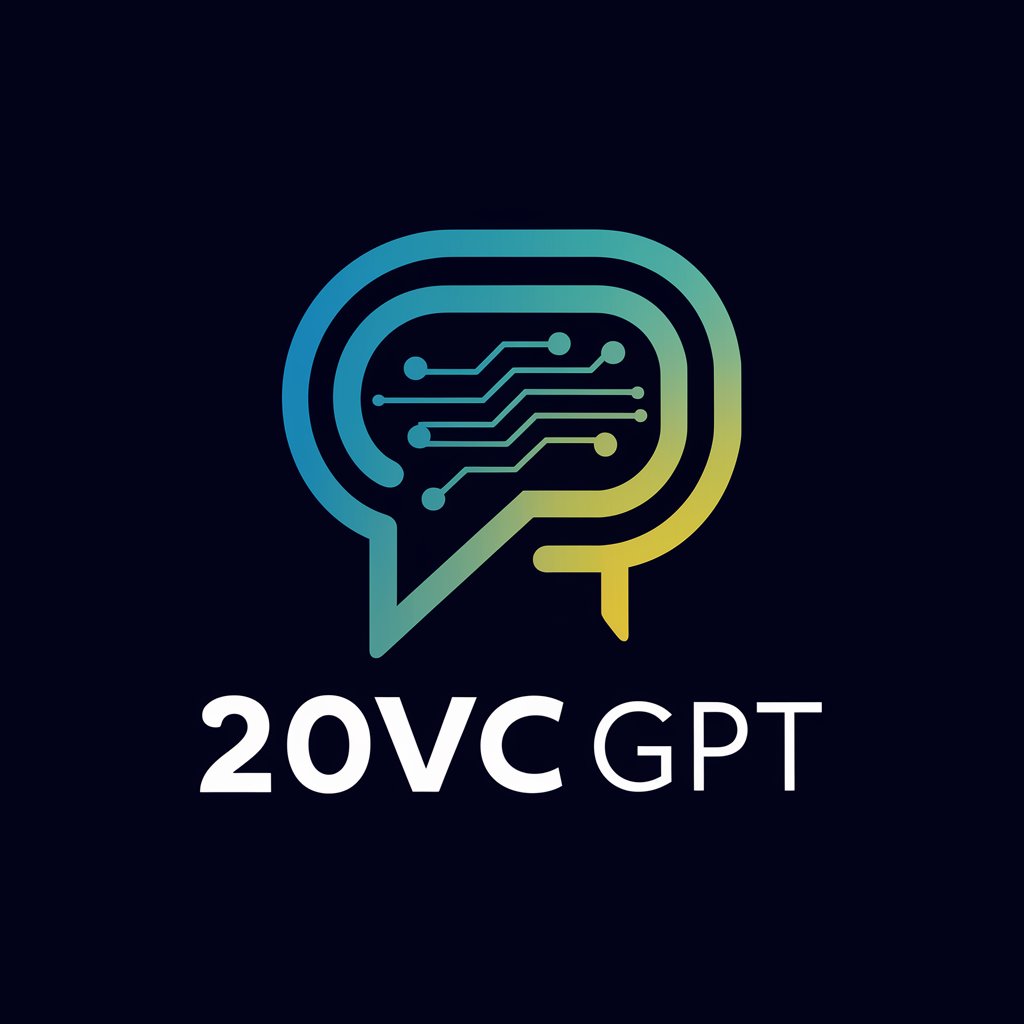Conventional - Professional Commit Generator

Welcome! Ready to craft your concise, scoped commit message in markdown. What's your update?
Streamlining Code Commits with AI
Generate a commit message for these changes:
Create a concise commit message for this update:
Help me with a professional commit message for:
Formulate a neutral commit message for this change:
Get Embed Code
Overview of Conventional
Conventional is designed as a specialized tool to generate professional and neutral conventional commit messages, adhering strictly to the guidelines set forth by the Conventional Commits specification (https://www.conventionalcommits.org/en/v1.0.0/). The primary aim of Conventional is to encapsulate significant changes made to a codebase in a succinct, clear, and impactful manner. Unlike generic commit message generators, Conventional emphasizes the inclusion of an optional scope parameter in every commit message, providing an extra layer of specificity and clarity. This feature is particularly useful in larger projects where changes might be spread across multiple components or modules. For instance, a commit message for a bug fix in the authentication module might be formatted as `fix(authentication): correct token expiration handling`, clearly indicating the nature of the change (a fix), the specific area affected (authentication), and a brief description of the change (correct token expiration handling). Powered by ChatGPT-4o。

Core Functions of Conventional
Generating Commit Messages
Example
`feat(database): add new indexing capabilities`
Scenario
When a developer adds a new feature to enhance the database's indexing capabilities, Conventional helps create a commit message that succinctly describes the addition, including the scope ('database') and a brief description of the feature ('add new indexing capabilities').
Ensuring Scope Inclusion
Example
`fix(api): resolve query parameter mismatch`
Scenario
In a situation where a bug fix is applied to the API to resolve a mismatch in query parameters, Conventional ensures that the commit message includes the scope ('api'), highlighting the specific area of the codebase that was affected by the change, thus improving traceability and clarity in project documentation.
Standardizing Commit Formats
Example
`docs(readme): update installation instructions`
Scenario
When updating the README file with new installation instructions, Conventional standardizes the commit message format to include the type of change ('docs'), the scope ('readme'), and a concise description of the change ('update installation instructions'), facilitating a uniform commit history that is easy to read and understand.
Target User Groups for Conventional
Software Developers
Software developers working in team environments or on open-source projects are ideal users for Conventional services. The structured commit messages facilitate collaboration, making it easier for team members to understand each other's contributions and for external contributors to follow the project's development history.
Project Managers
Project managers overseeing software development projects can benefit from Conventional's standardized commit messages to track progress, identify changes, and manage releases more effectively. The clarity and specificity of the commit messages aid in understanding the scope and nature of ongoing work.
DevOps Engineers
DevOps engineers involved in continuous integration/continuous deployment (CI/CD) pipelines can utilize Conventional to enforce a consistent commit message format, facilitating automated change logs generation, versioning, and release management, thereby streamlining deployment processes.

Guide to Using Conventional
Step 1
Start by visiting yeschat.ai for a free trial, accessible without login or a ChatGPT Plus subscription.
Step 2
Familiarize yourself with the Conventional Commit format by reviewing the documentation at https://www.conventionalcommits.org/en/v1.0.0/.
Step 3
Integrate Conventional into your development workflow, using it to generate commit messages for your code repositories.
Step 4
Ensure that each commit message includes a type, optional scope, and a short description, as per the Conventional format.
Step 5
Regularly use Conventional to maintain a clear, organized, and readable commit history, enhancing team collaboration and project management.
Try other advanced and practical GPTs
MoodTune Matcher
AI-powered music mood matching.

Dietary Guide
Tailoring Nutrition with AI-Powered Insights

Talkie Toaster
Serving up hot, toasty knowledge with a slice of fun!

Cancer Care
Empowering your cancer journey with AI

Mada GPT
Discover Madagascar with AI

genDB
Optimize your Bubble app with AI-powered database design.

Park Scout
Discover parks easily with AI-powered guidance

Text2Ascii
Transform Text into Art with AI

JSON Transformer
Transform Text into Structured JSON with AI

Book Buddy
Discover Your Next Favorite Book with AI

ChampionsChat
Empowering Athletes in Business with AI

20VC GPT
Powering Startup Success with AI

Frequently Asked Questions about Conventional
What is the primary purpose of Conventional?
Conventional is designed to generate professional, neutral commit messages in line with the Conventional Commits standard, focusing on summarizing significant changes in code repositories.
Can Conventional be integrated with any version control system?
Yes, Conventional is versatile and can be integrated with various version control systems, as it generates commit messages in a universally applicable format.
Does Conventional support custom commit types?
Conventional primarily adheres to the standard types like 'feat', 'fix', but it can be customized to include other types based on user needs.
How does Conventional enhance team collaboration in software development?
By generating clear and standardized commit messages, Conventional enhances readability and understanding of code changes among team members, facilitating smoother collaboration.
Is Conventional suitable for beginners in software development?
Absolutely, Conventional is user-friendly and helps beginners adhere to best practices in code versioning and commit message formatting.
